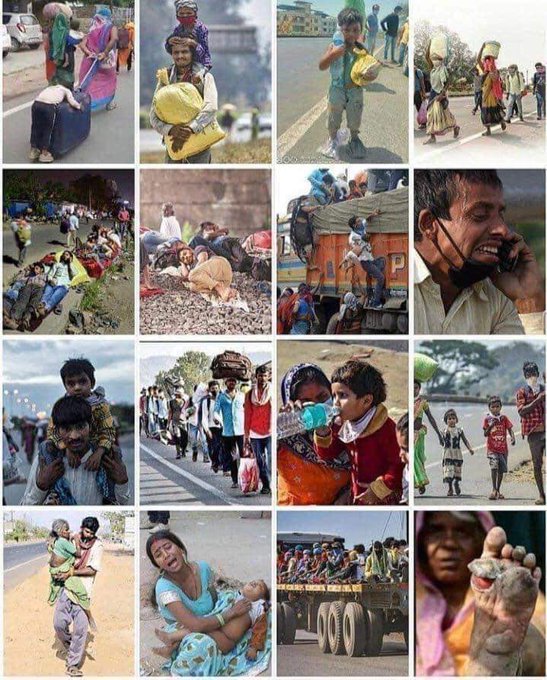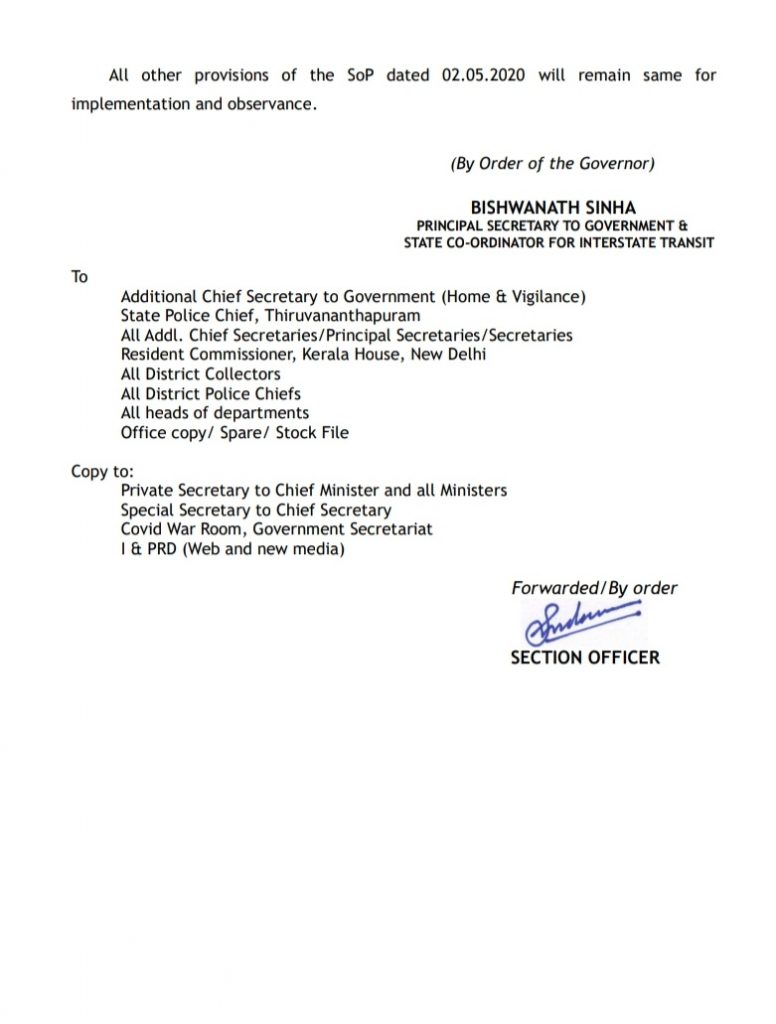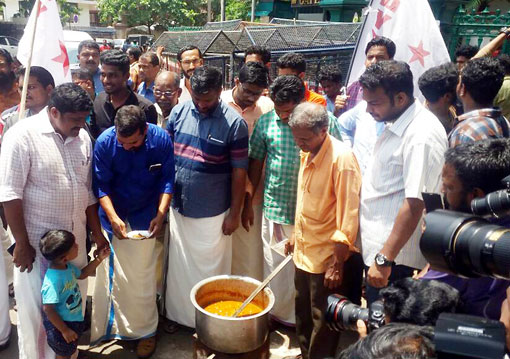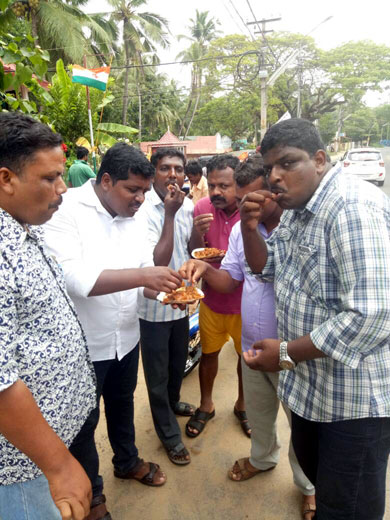
The rising numbers of COVID-19 cases in Thiruvananthapuram district, extension of lock down and increasing restrictions show that the government is failing contain the disease in the district.
The benefit from several of the restrictions is marginal while the impact on livelihoods is serious. Measures like holidays for banks on Saturdays have little benefit. The restricted working hours for shops selling provisions and groceries— where no demand-drop could be expected from fewer working hours, only serves to add to crowding, especially when home deliveries are banned.
The fast spread of the disease in the coastal areas was unanticipated especially in the absence of proper surveillance among the poor fishers. But the spread of the disease at Ramachandra textiles, Pothys and other showrooms, shops and markets and infections in hospitals could have been anticipated. The first cases at the hyper market, which also makes home deliveries, were known as back as in May. About a month later, government stops home deliveries hitting every agency making home deliveries. As pointed out in an earlier post, home deliveries are safer than going around shopping, especially for the older people. On one hand, the government talks about reverse-quarantine, and on the other hand, makes it almost impractical for aged couples living alone to stay at home.
The government should apply Gandhiji’s talisman while imposing restrictions over COVID-19. It is fairly comfortable for the large population of government servants, teachers and their families and others drawing regular salaries in Trivandrum to be under lock-down. However, that is not the case with daily wage earners. The government has done nothing to provide financial assistance to them, other than releasing pension arrears for older persons.
Food assistance in the coastal region (mostly to fishers) is limited to five kg of rice and one kg of pulses. The population is denied protein-rich fish for consumption as they cannot go out to fish. If one goes without good food, one’s immunity may be compromised.
The lock-down in coastal villages may be beneficial to the urban centres (though that deprives them also of fish); but for fishers, it does not reduce crowding significantly. Interactions among neighbours are inevitable when there is hardly any home to ‘stay at home’. On a normal day, a significant portion of the population will be dispersed—fishing at sea or selling fish. Now, they are all packed together. It would have helped if widespread testing was undertaken and patients isolated and lock-down lifted in a week or two. However, testing is proceeding at a slow pace.
While the overall performance of Kerala is very good compared to most other States in managing the pandemic, the following deficiencies should be flagged.
Testing is inadequate and progressing at a slow pace. The fact that some COVID-19 cases are confirmed after the patient is dead goes to prove this. Now, the government has decided to replace PCR tests for discharge of patients with antigen tests. Antigen tests are less reliable than PCR tests and World Health Organisation (WHO) does not recommend it for clinical purposes owing to uncertainties regarding results. Apparently, the government is compelled to do so— there is already a daily backlog in respect of PCR test results.
In fact, the government has failed to set up adequate testing and treatment facilities to deal with a spike in COVID-19 cases during the past six months. Hence, the hospitals are now full and first line treatment centres with bare facilities are being set up speedily. There is shortage of personal to man the hospitals and facilities. This is compounded by many doctors and health workers testing positive for COVID-19.
Now, government is thinking of a State-wide lock down. It is notable that the lock down at the national level as well as the triple lock down in Trivandrum failed to bring down cases. Activities in the agriculture and fisheries sectors and much of the service sector cannot just be stopped for long periods. It can even lead to food shortages and much misery. Wider and effective enforcement of social distancing at work places, markets and functions and events may yield better results. Business should not be allowed in congested and crowded places and norms should be specified for online deliveries. Use of masks should become a habit when one steps out of homes.
Kerala already has a low case fatality rate from COVID-19. Facilities should be set up on a war-footing to deal with increasing number of cases and keep the fatality rate low.














 When media coverage of ISRO spy case peaked out, a senior journalist faced some critical questions in a television programme about media coverage of the case. The correspondent explained that news reports are called ‘stories’ in English. That translates into ‘Kadha’ (fiction) in Malayalam. What we do are stories, he asserted.
When media coverage of ISRO spy case peaked out, a senior journalist faced some critical questions in a television programme about media coverage of the case. The correspondent explained that news reports are called ‘stories’ in English. That translates into ‘Kadha’ (fiction) in Malayalam. What we do are stories, he asserted.